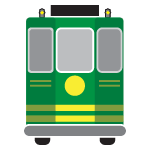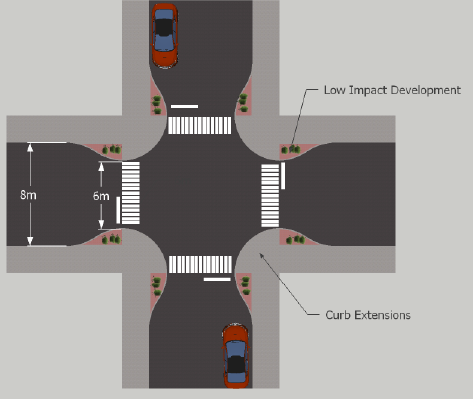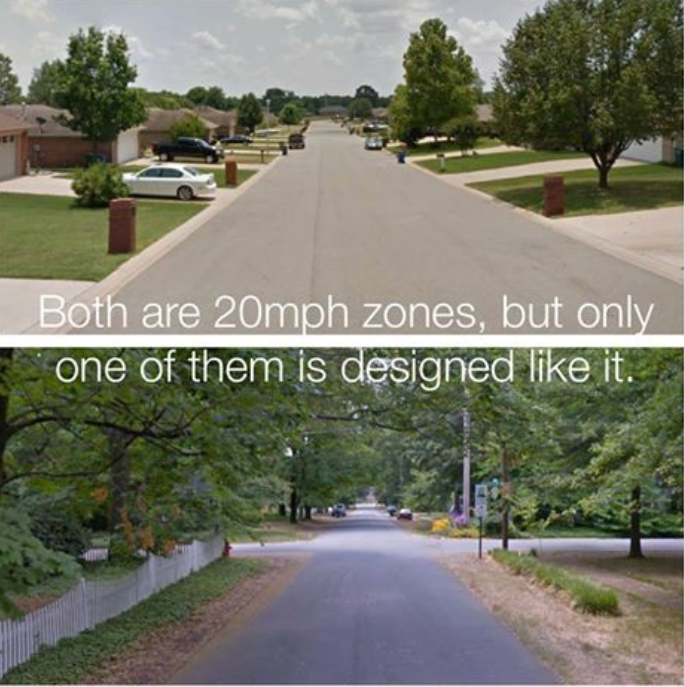Design Elements That Could Increase Walkability in Strathcona
A neighbourhood that encourages walking for transportation and pleasure (and both combined!) will have the following elements:
- Destinations. Strathcona Community has these in spades. From cafes to bike shops to a farmers’ market and a library, there are many destinations to which Strathcona Community residents can walk within 5-20 minutes.
- Streets that are comfortable and pleasant to walk along. We have less of these. A street with high volumes of cars is loud and stressful. At various times, many residential roads in our neighbourhood are filled with speeding cars.
- Intersections that are comfortable and safe to cross. Again, Strathcona neighbourhood falls short here.
- A peek at this injury collision map shows that there are way too many collisions between motorists and people walking or biking in our neighbourhood.
- Furthermore, most of our intersections are huge swaths of asphalt that are difficult to cross for those with impaired mobility.
- And finally, due to flagrant and chronic parking violations throughout the neighbourhood, it is often difficult to see cars coming as one tries to cross the road at an intersection.
The Strathcona Community Renewal Ad-Hoc Committee submitted a report to the city with recommendations for a more walkable and bikable neighbourhood. Here are a few important elements that could address numbers 2 and 3 above (making our streets and intersections safe, comfortable and pleasant to walk on).
Curb Extensions
Our committee’s proposed default intersection.
The default intersection in Edmonton gives all possible excess space to cars. Specifically, even though parking lanes don’t need to be driven through, they keep going through the intersections. Putting curb extensions at intersections reduces crossing distances and eliminates parking too close to the corner.
The intersection pictured above could be the default for Strathcona Community after the upcoming neighbourhood renewal process.
Raised Crosswalks
At certain locations with safety issues, a raised crosswalk can make it safe and comfortable for residents of all ages and abilities to cross the street. Raised crosswalks have recently been installed along 106 Street and 76 Avenue as part of the Queen Alex neighbourhood renewal.
Example of a raised crosswalk
30 km/h Design Speed
A street can be “designed” to be driven at a certain speed. For example, when one pulls onto a highway, the lanes are very wide and there is a wide, cleared ditch on either side of it. The design makes us (rightly) feel that it is safe to drive at very fast speeds.
In a city, the same type of design elements can be introduced to make slower driving seem intuitive. Narrow lanes, speed humps, and vertical elements on the sides of the street can all contribute to a slower driving speed.
Cities around the world are converging on 30 km/h as the scientifically-validated speed that is safe for residential areas. During neighbourhood renewal is the perfect time to redesign our streets for 30 km/h speeds!
Here is example of how a street’s design can affect how safe a street feels at high/low speeds:



